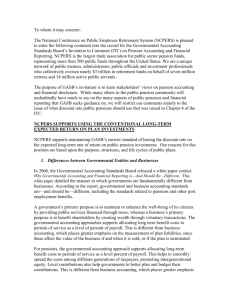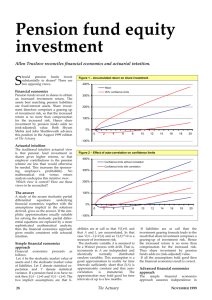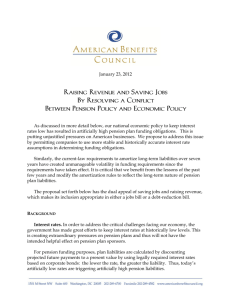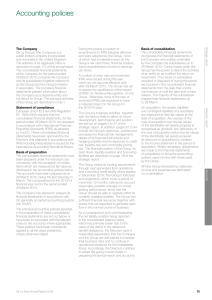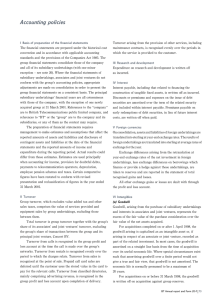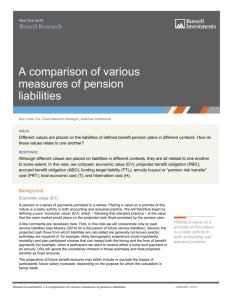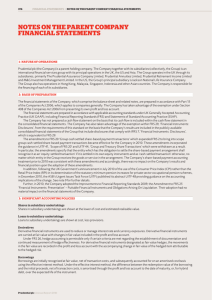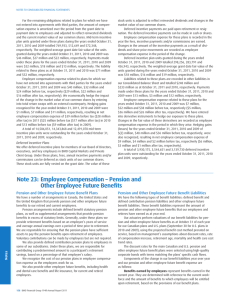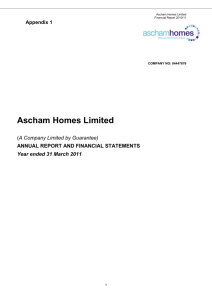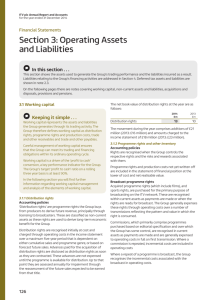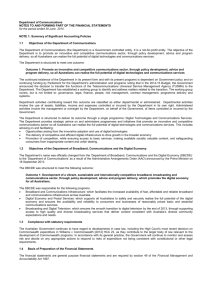as document - Hafslund årsrapport 2011
advertisement
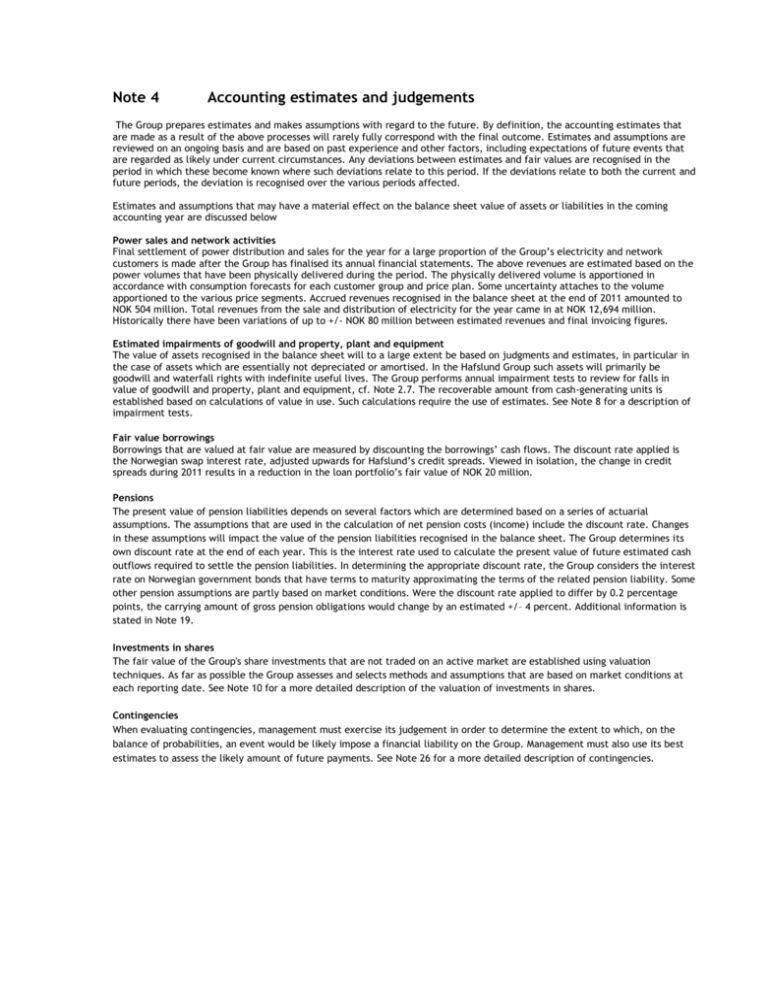
Note 4 Accounting estimates and judgements The Group prepares estimates and makes assumptions with regard to the future. By definition, the accounting estimates that are made as a result of the above processes will rarely fully correspond with the final outcome. Estimates and assumptions are reviewed on an ongoing basis and are based on past experience and other factors, including expectations of future events that are regarded as likely under current circumstances. Any deviations between estimates and fair values are recognised in the period in which these become known where such deviations relate to this period. If the deviations relate to both the current and future periods, the deviation is recognised over the various periods affected. Estimates and assumptions that may have a material effect on the balance sheet value of assets or liabilities in the coming accounting year are discussed below Power sales and network activities Final settlement of power distribution and sales for the year for a large proportion of the Group’s electricity and network customers is made after the Group has finalised its annual financial statements. The above revenues are estimated based on the power volumes that have been physically delivered during the period. The physically delivered volume is apportioned in accordance with consumption forecasts for each customer group and price plan. Some uncertainty attaches to the volume apportioned to the various price segments. Accrued revenues recognised in the balance sheet at the end of 2011 amounted to NOK 504 million. Total revenues from the sale and distribution of electricity for the year came in at NOK 12,694 million. Historically there have been variations of up to +/- NOK 80 million between estimated revenues and final invoicing figures. Estimated impairments of goodwill and property, plant and equipment The value of assets recognised in the balance sheet will to a large extent be based on judgments and estimates, in particular in the case of assets which are essentially not depreciated or amortised. In the Hafslund Group such assets will primarily be goodwill and waterfall rights with indefinite useful lives. The Group performs annual impairment tests to review for falls in value of goodwill and property, plant and equipment, cf. Note 2.7. The recoverable amount from cash-generating units is established based on calculations of value in use. Such calculations require the use of estimates. See Note 8 for a description of impairment tests. Fair value borrowings Borrowings that are valued at fair value are measured by discounting the borrowings’ cash flows. The discount rate applied is the Norwegian swap interest rate, adjusted upwards for Hafslund’s credit spreads. Viewed in isolation, the change in credit spreads during 2011 results in a reduction in the loan portfolio’s fair value of NOK 20 million. Pensions The present value of pension liabilities depends on several factors which are determined based on a series of actuarial assumptions. The assumptions that are used in the calculation of net pension costs (income) include the discount rate. Changes in these assumptions will impact the value of the pension liabilities recognised in the balance sheet. The Group determines its own discount rate at the end of each year. This is the interest rate used to calculate the present value of future estimated cash outflows required to settle the pension liabilities. In determining the appropriate discount rate, the Group considers the interest rate on Norwegian government bonds that have terms to maturity approximating the terms of the related pension liability. Some other pension assumptions are partly based on market conditions. Were the discount rate applied to differ by 0.2 percentage points, the carrying amount of gross pension obligations would change by an estimated +/– 4 percent. Additional information is stated in Note 19. Investments in shares The fair value of the Group's share investments that are not traded on an active market are established using valuation techniques. As far as possible the Group assesses and selects methods and assumptions that are based on market conditions at each reporting date. See Note 10 for a more detailed description of the valuation of investments in shares. Contingencies When evaluating contingencies, management must exercise its judgement in order to determine the extent to which, on the balance of probabilities, an event would be likely impose a financial liability on the Group. Management must also use its best estimates to assess the likely amount of future payments. See Note 26 for a more detailed description of contingencies.



